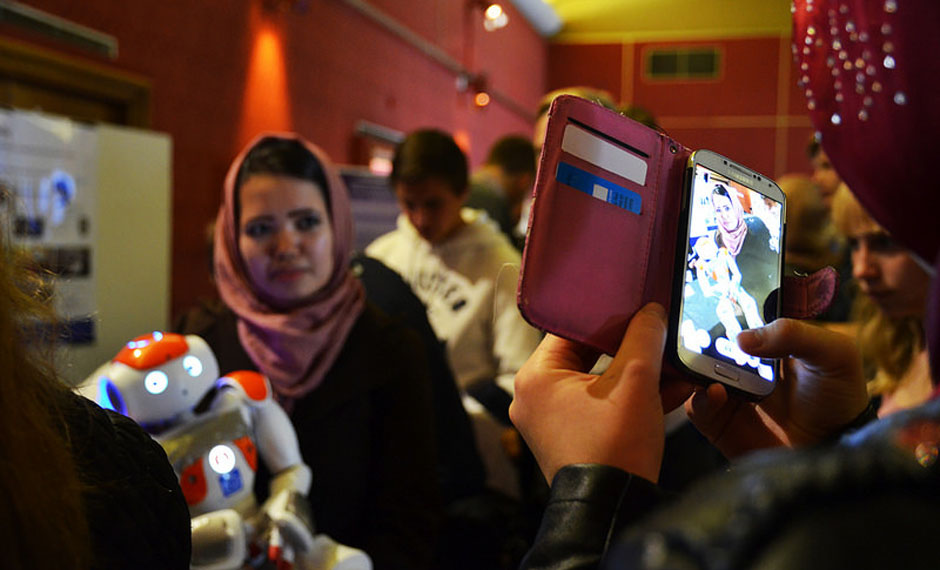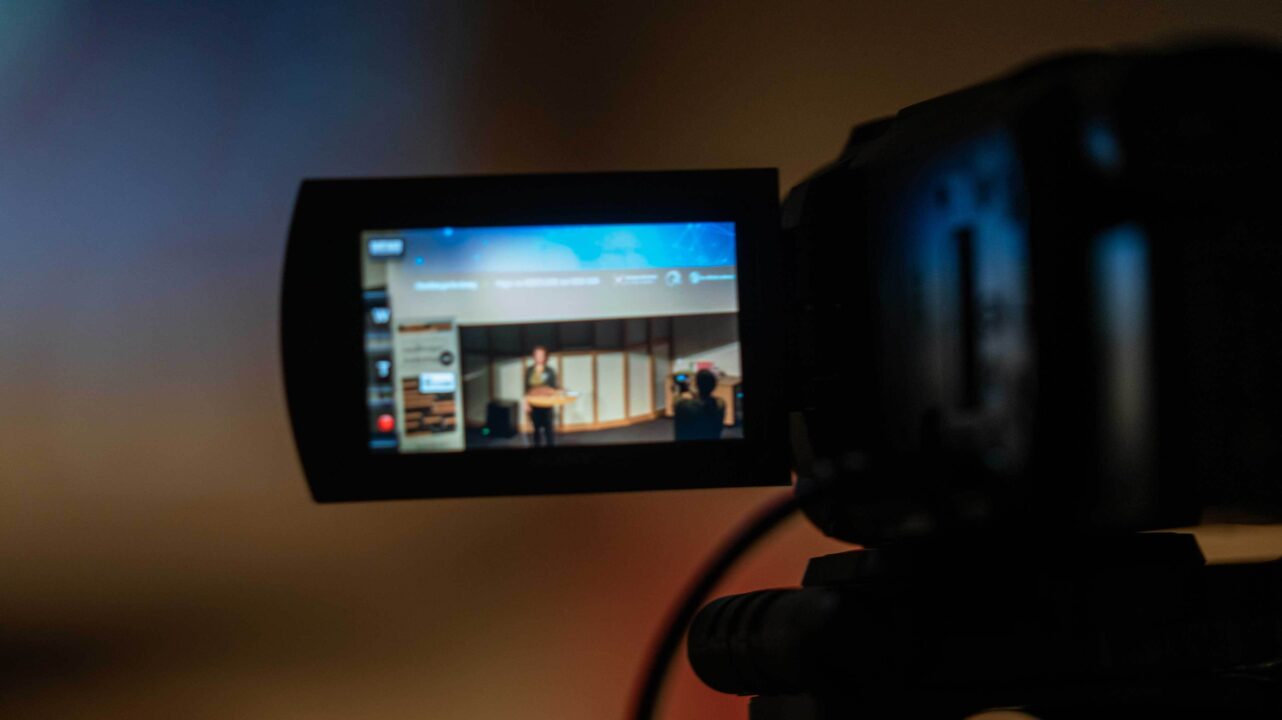How does weightlessness affect the human body in space? Can sewage be used to generate electric energy? How do you clean paintings using bacteria? What does a singing whale sound like?

Members of the public across Europe could learn about the fascinating and diverse work of scientists and discover the answers to these questions and many more at the 2014 Researchers’ Night on 26 September.
Designed to promote science and inspire young people to consider a career in research, the annual European science festival involved around 1.3 million people in 29 countries this year. From Bucharest to Bilbao, Lisbon to London, people could participate in thousands of free activities, including hands-on experiments, competitions, science shows, behind-the-scenes visits to labs, as well as informal opportunities to question scientists about their work. Activities included solving a murder in Bucharest, using CT-scans to see inside the belly of a deep-sea monster in London, building a virtual skateboard in Poznan and taking a simulated rocket flight to the moon in Rome.
In Sweden events were held in 23 cities from Skellefteå in the north to Malmö in the south, attracting thousands of participants. People of all ages could try to save the life of a high-tech mannequin, quiz a robot, make their own perfume and even extract DNA from fruit. Local schools could ”borrow a researcher” for the day and science cafés gave people the opportunity to chat with researchers on topics ranging from ebola, computer games and energy use to smart homes, parenting and lifelong learning. Swedish astronaut Christer Fuglesang also spoke to a packed audience in Stockholm about life on the International Space Station.
Swedish researchers were also put into the spotlight in the regional heats of the Researchers’ Grand Prix – a science communication competition in which researchers are challenged to present their research to a public audience in just four minutes. All the regional winners go forward to the national final to be held in Stockholm in November. In addition, thousands of pupils across Sweden have been participating in a mass experiment to assist researchers in finding out how much fruit and vegetables young people actually consume. The results of the Vegetable Experiment will be published in early 2015.
“Researchers’ Night gives the public an opportunity to see that researchers are ordinary people with extraordinary jobs, and discover how science affects our daily lives,” said Lotta Tomasson, of VA (Public & Science), that co-ordinates Researchers’ Night in Sweden. “Once again, the success of this year’s event in Sweden is thanks to the hard work of all of the science centres, universities, museums and participating researchers who delivered an inspiring programme of activities for young and old alike”.
Researchers’ Night is a Europe-wide initiative that takes place on the last Friday night of September every year.
Read more about the 2014 Researchers’ Night:
http://forskarfredag.se/researchers-night/
http://ec.europa.eu/research/researchersnight/about_en.htm
https://www.facebook.com/events/313960862099171/?fref=ts
Photo: Mika Nitz Pettersson

